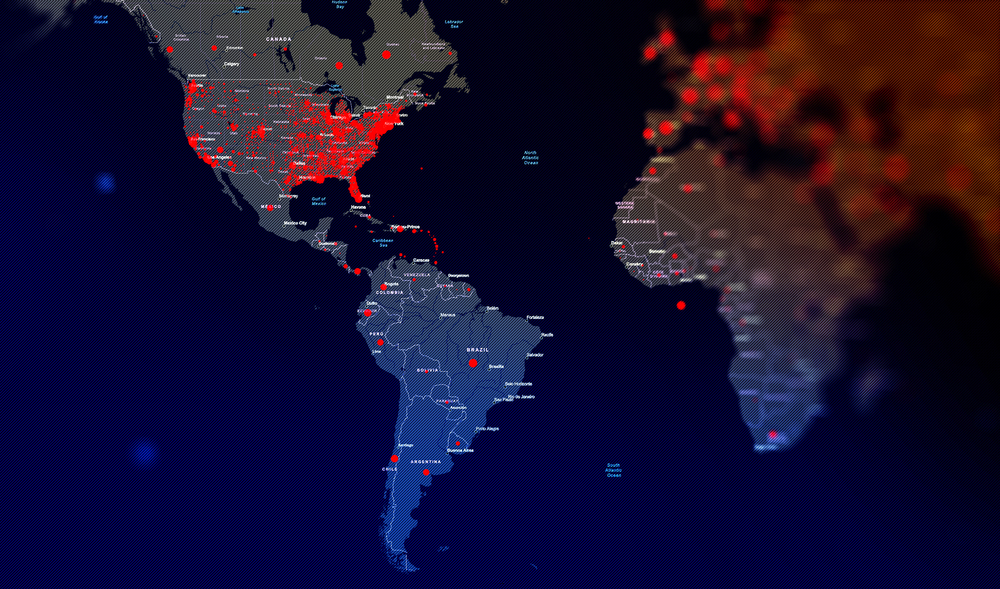Book Reviews
Philosophical Aesthetics
Quantum Computing
Global Value Chains
Peace and Stability Operations
Autonomous Intelligent Enterprise
Artificial Intelligence

Global Value Chains
The Cocoa Crisis and the Holidays
Cocoa prices surged due to weather problems in West Africa, disease, and aging trees, raising chocolate costs. Companies are increasing prices and exploring alternatives like gene editing and improved cocoa extraction techniques.

Global Value Chains
Risk Management: Sleeping When the Wind Blows
Organizations face unprecedented chaos in a BANI world (Brittle, Anxious, Nonlinear, Incomprehensible), requiring AI-powered solutions that deliver resilience, explainability, anticipation, and lucidity (REAL) to navigate complex supply chain risks effectively.

Global Value Chains
Reimagining Supply Chain Management
Organizations must move beyond VUCA and BANI frameworks by getting REAL—becoming Resilient, Explainable, Anticipatory, and Lucid—through AI-driven autonomous supply chains that successfully transform operational chaos into competitive advantage.

Global Value Chains
Will There Be Any Ho, Ho, Ho-liday Shopping?
Holiday sales expected to grow 4%, reaching $975 billion—slowest since pandemic. Consumers prioritize value and experiences over discretionary spending. Successful retailers must emphasize omnichannel strategies and value beyond discounts.Retry

Global Value Chains
Food Trends Are Redefining the CPG Sector
The food and beverage industry faces declining sales due to inflation while companies adapt to emerging consumer trends including wellness, functional foods, sustainability, clean labels, AI technology, and weight-loss innovations.

Global Value Chains
The Importance of the Global South
The Global South represents 85% of global population and growing economic power. China dominates partnerships there while America risks losing influence over critical minerals, markets, and future growth.
.jpg)
Personal Dispatches: Reflections on today’s society through the lens of Fortune Magazine December 1941

Global Value Chains
High Seas Troubles Affect Global Supply Chains, Part One: Security Risks
In this article, we discuss maritime security threats, including piracy, territorial disputes, and terrorist attacks. The author argues for international cooperation and investment in naval forces to combat these threats. They also discuss how companies can use technology to make their supply chains more resilient.

Global Value Chains
Is Vertical Farming Falling Flat?
The article discusses indoor and urban agriculture, highlighting its potential benefits like space utilization and resource efficiency. However, it also notes challenges, including high energy costs and profitability issues. Despite recent setbacks, some believe the industry still has growth potential amid climate change concerns.

Global Value Chains
Happy New Year! What’s In Store for Supply Chains?
This article discusses key supply chain trends for 2024, including improved decision-making, digitization, risk management, blockchain implementation, generative AI impacts, microservices adoption, cloud operations growth, and evolving use of labor management tools. It emphasizes the importance of data-driven and decision-driven approaches in business.

Global Value Chains
Shorter Supply Chains are Upending Globalization Patterns
At the height of the pandemic, there were numerous calls for decoupling from China to protect national interests. As supply chain challenges eased and cooler heads prevailed, calls for decoupling decreased, but admonitions to de-risk supply chains increased. De-risking supply chains often means creating shorter ones.

